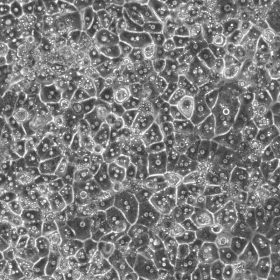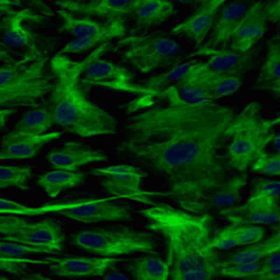Human Liver Cancer Cells
Human liver cancer cells are available in several options for researchers studying liver cancer. These options include.
Dissociated Primary Tumour Cells, Cryopreserved: These cells are obtained directly from a patient’s liver tumour and then dissociated into a single-cell suspension, which is then cryopreserved for future use. They are useful for studying the biology of the primary tumour and for testing potential therapies.
Characterized, from Primary Tumour Cells, Cryopreserved: These cells are also obtained from a patient’s liver tumour, but they have been further characterized by genetic and molecular analysis. This allows researchers to study the specific mutations and other molecular characteristics of the tumour, which can inform the development of targeted therapies.
Human Liver Cancer-Associated Fibroblasts, Cryopreserved: These cells are obtained from the tumour microenvironment, specifically the fibroblasts that surround and support the tumour. They are useful for studying the interactions between the tumour and its microenvironment and for developing new therapies that target the tumour microenvironment.
Studying human liver cancer cells is crucial for developing better treatments for liver cancer, which is one of the most deadly forms of cancer worldwide. These cells can be used to study the biology of the tumour, including the specific mutations and molecular characteristics that drive its growth, as well as to test potential therapies. In addition, studying the tumour microenvironment can provide insights into the mechanisms that allow the tumour to evade the immune system and resist treatment. Ultimately, this knowledge can be used to develop more effective treatments for liver cancer, which can improve the lives of patients and reduce the burden of this disease.









